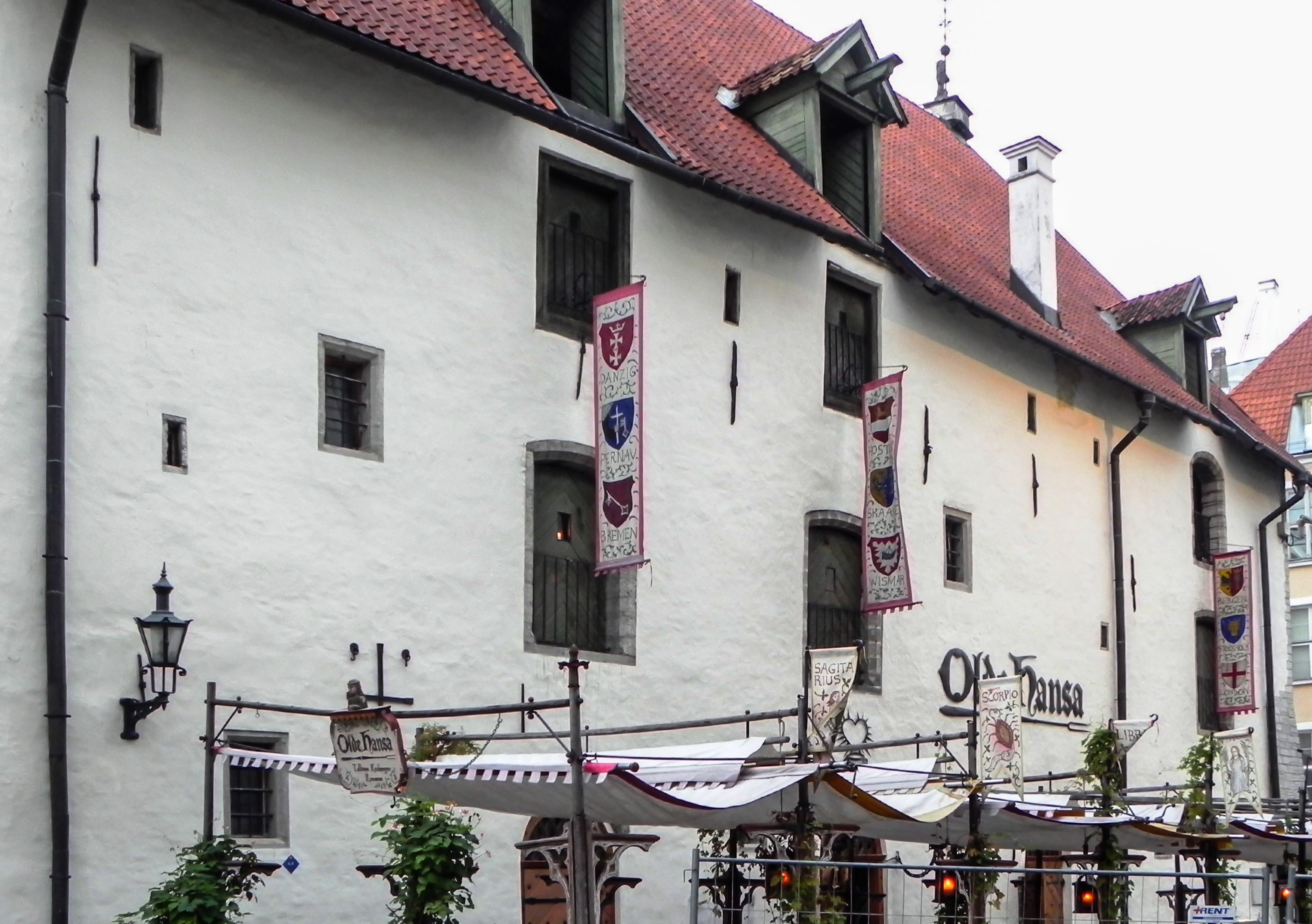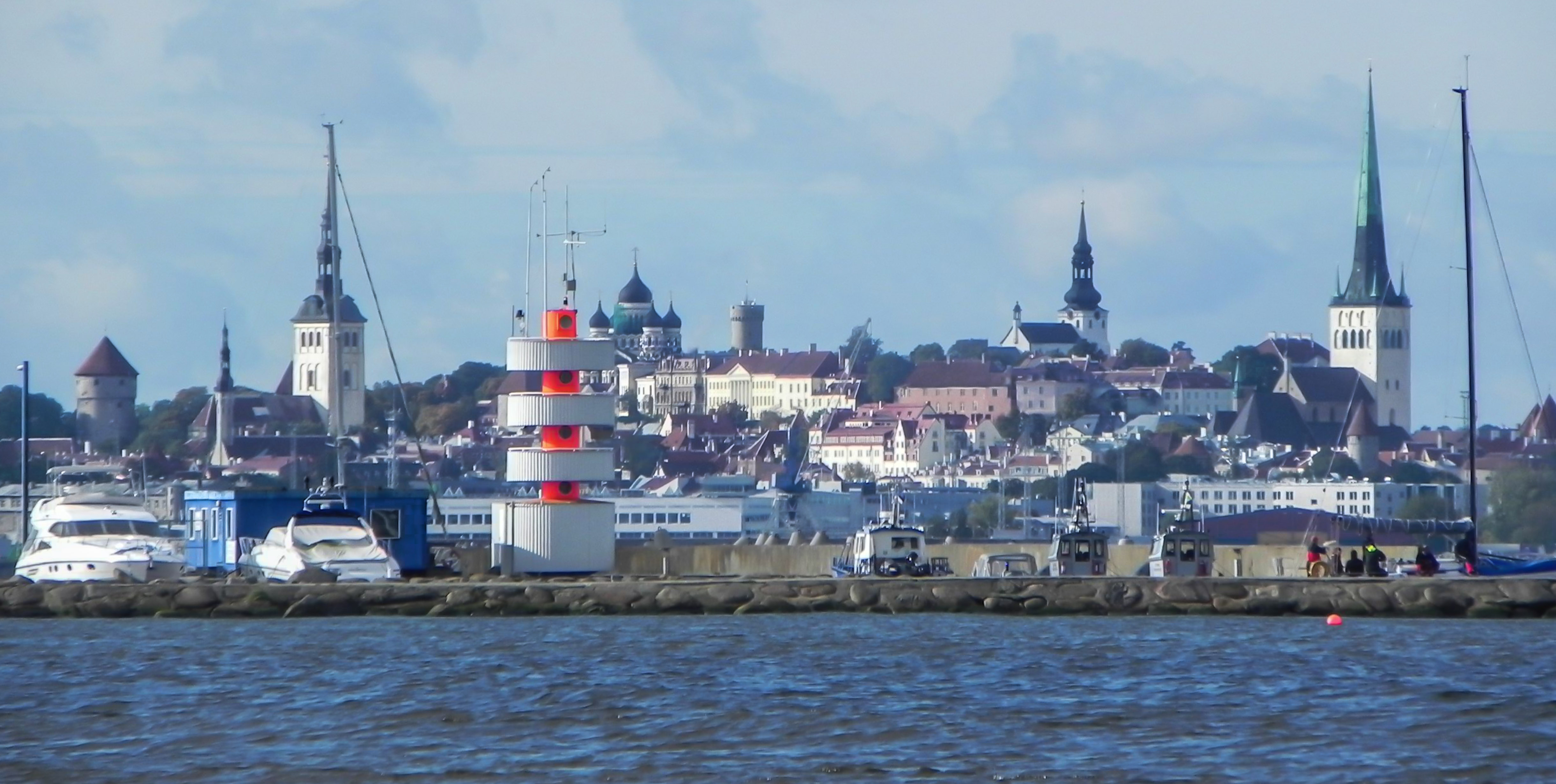Report - Estonia’s Hanseatic City Tallinn
Contents
Note: This is temporarily only an automatic translation.
Estonia’s Hanseatic City Tallinn
In autumn 2012 we stayed with 2 colleagues in → Estonia. A colleague had its origin here and had to leave with the disintegration of the Soviet Union its home 1990.
We visited some beautiful stations in the small country - up to the national border at the Russian enclave → Kaliningrad. We also drove over the Finnish sea bus by ferry to Helsinki. Tallinn, however, remained very special to us. It is the only Hanseatic city on the Baltic Sea that has almost completely preserved its medieval character and original, urban core.
Tallinn - The medieval metropolis in the north-west of Europe

→ Tallinn is Estonia’s capital and located directly on the Baltic Sea in the Finnish Gulf. The city is the only Hanseatic city preserved in this region in the eastern part of the Baltic Sea, and has been endowed with numerous architectural monuments dating back to the 14th century.
At the end of September, at the beginning of October - even before the nights of the winter were hardly noticeable - we visited the city and its country. The original mixed forests were already dipped in colorful autumn colors. The plane from Amsterdam needs about 2 hours to get there.
Changing history of the city was characterized by changing guilds. Tallinn’s medieval ambience and architecture are probably best preserved among the metropolitan cities in the Baltics. The famous old town has been a world cultural heritage since 1997. This is Tallinn’s strength. One is aware of this. Many people live here.
High technology is also located here. The Skype company Skype has its origin and headquarters in Tallinn. Education, research, communication and infrastructure are very much in the process of being developed and are already at a higher level than in the center of Europe. An example of this is a large-area public WLAN network (Wi-Fi), not only in Tallinn.
Tallinn is sometimes referred to as the Silicon Valley of the East. The WTC building in the center of Tallinn is testimony to Estonian world openness, but also the ominous history of a World Trade Center in another part of the world.
As a resident of Tallinn you do not pay for tram or bus tickets. This is what the many tourists from all over the world do. The highly frequented public transport system thus substantially relieves the traffic in the city. There are separate bus or far-distance busses in the city area, which are blocked for other vehicles.
Good neighborliness is maintained in Tallinn with the Finnish capital Helsinki. Every day, the 80 km of sea stretches across the Finnish sea bus pass several thousand professional travelers, tourists, but also alcohol messengers with whole travel bags full of liquor. The ferries arrive and depart every hour.
The Finnish and Estonian have, together with the Hungarian, a Scprachverband. These languages belong to the Finno-Ugric branch of the uralic language family. The best thing to do is to talk to the young people in English (who predominately control the majority) or the elderly in the southern and eastern parts of the country in Russian. In Tallinn one does not like to hear the Russich.
Also the German language is not unknown here. Background is the German history of the city.
In Tallinn, rustic, historic cellar pubs invite you to relax. At some restaurants you can fish your capitale salmon trout yourself and get them smoked, prepared and served. We like the Estonian cuisine. We will not miss the sixty-five Euro bear steak. Only, the Russian → Soljanka can not be so here. Saku is a local, very spicy, dark, tasteful beer.
And otherwise? Striking are nice, coming people everywhere. Different nationalities, cultures and religions speak and live together. The Soviet past can not be denied either.
Sailing harbor and long beaches invite visitors and visitors in the summer. In 1980 the sailing competitions took place at the Olympic Games in the Soviet Union.
The country is wide open with much untouched nature - in the woods with moose and bears - rarely a small settlement. The few motorways run along many kilometers from west to east and north to south. EU funds have made them possible. Large stretches of the route are left alone there and feel liberating as in the endless expanses of Finland or Russia.
In the capital, but also in the whole country, there are many worthwhile excursion destinations. See also → Tallinn - The medieval metropolis in the north east of Europe.
![]()
*
